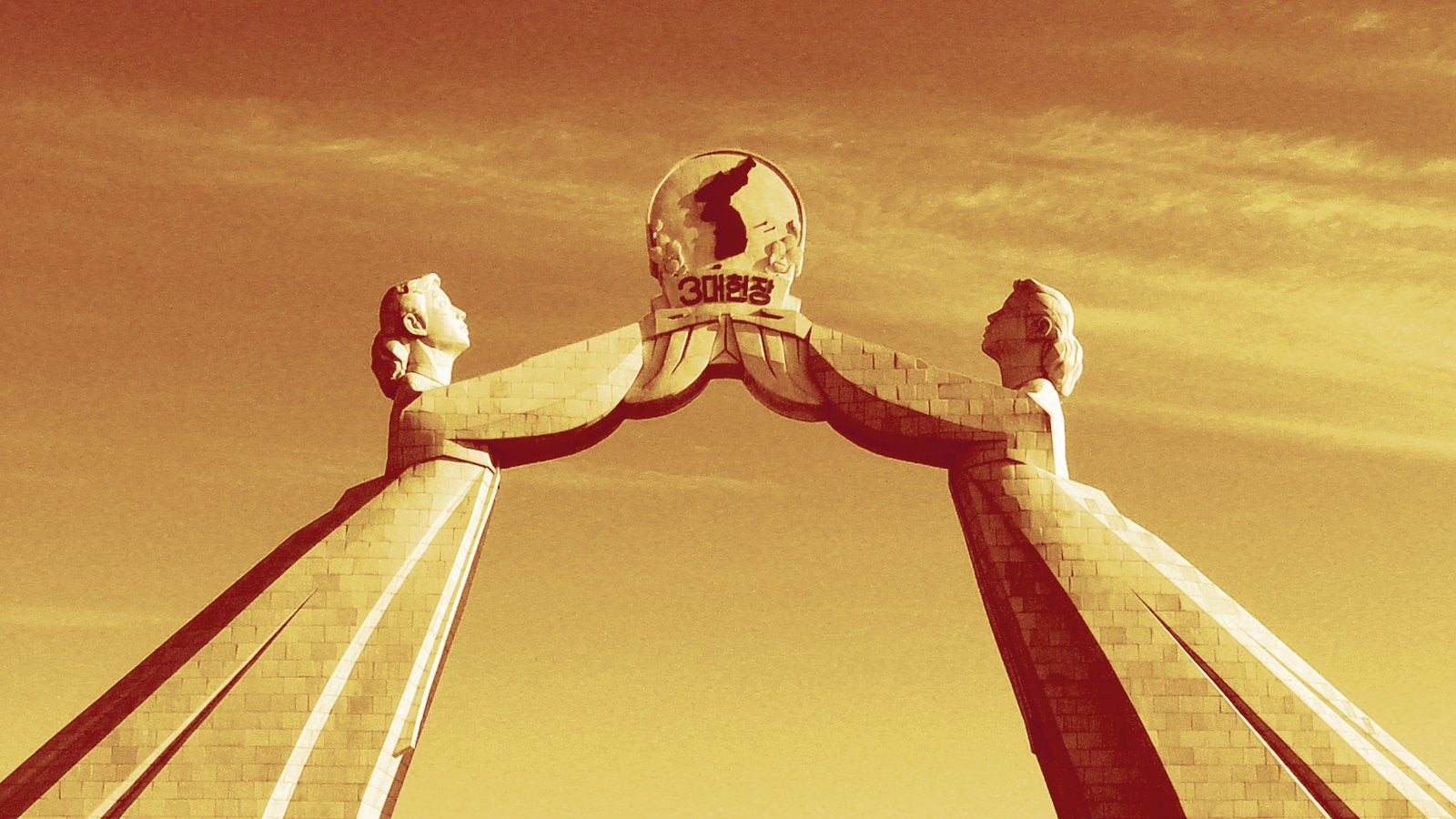Archaeologists from North and South Korea are working together to excavate an ancient city
Archaeologists from North and South Korea are working together to excavate an ancient palace—Manwoldae, seat of the Goryeo dynasty, destroyed and buried in the 14th century Red Turban rebellion.


Archaeologists from North and South Korea are working together to excavate an ancient palace—Manwoldae, seat of the Goryeo dynasty, destroyed and buried in the 14th century Red Turban rebellion.
The site is located in Kaesong, the old imperial capital of medieval Korea, now a small industrial city located in North Korea, just north of the Demilitarized Zone (DMZ) dividing the Republic of Korea (ROK) and the Democratic People’s Republic of Korea (DPRK). Approximately 80 South Korean historians and archaeologists have crossed over into Kaesong, where they will collaborate with North Korean counterparts over the next six months.
“It is the first time since the division that Southern and Northern members have worked at the same place for 40 to 60 days per year,” the project’s mission statement (Korean) reads. “There were wars of nerves between South and North scholars due to differences in methodologies, but we were in a same boat on the achievement of this excavation.”
In an op-ed for Archaeology magazine, Seoul-based reporter Hyung-eun Kim explains, “The South Koreans saw the project as an opportunity to promote cultural exchange and build better relations between the two Koreas.”
“Manwoldae is equally important to both nations as evidence of their past,” he noted. “The South Koreans would also be able to share new archaeological technologies and equipment that had previously been unavailable to the North Koreans due to the country’s economic difficulties.”
Kaesong is an appropriate locale for the new partnership. It is already home to the Kaesong Industrial Park, an economic development initiative operated by North Korea in tandem with South Korean businesses since 2013. One hundred and twenty-three South Korean companies operate there, employing around 53,000 North Korean laborers and around 800 South Korean supervisors.
The rival states have also collaborated in other surprising ways before. Olympic delegations from both countries marched together during the Opening Ceremony of the 2010 games in Sydney, and a 2014 national survey taken by ROK pollsters found that an astounding 58.2% of South Koreans view North Korea as a “cooperative partner.” In other words, more South Koreans favor cooperation with North Korea than Britons favor participation in the European Union (46%, according to recent YouGov polls).
This is surprising considering the history of animosity between the two states. Both were carved out of a Korean peninsula ravaged by 35 years of Japanese colonial rule in the lead-up to and throughout the Second World War. The Soviets propped up a communist North, the Allies a democratic South. Though the peninsula was effectively divided between two states from 1945 onward, both claimed sovereignty over the whole of the land. This precipitated the bloody Korean War (1950-1953), which resulted in contemporary demarcation, via the DMZ, between the DPRK and ROK.
Is the dig at Manwoldae a sign of warming ROK-DPRK relations? Perhaps an early, tremulous step on the path to reunification? If the roller-coaster recent history of North-South relations has taught us anything, it’s that nothing is guaranteed. But by jointly digging into a shared history, a divided peninsula might uncover reasons to forge ahead.